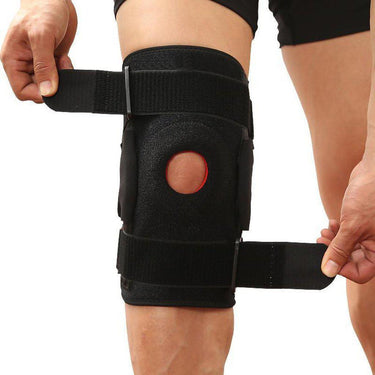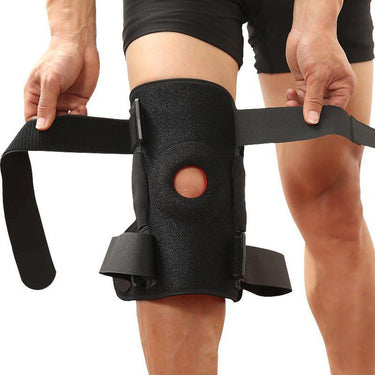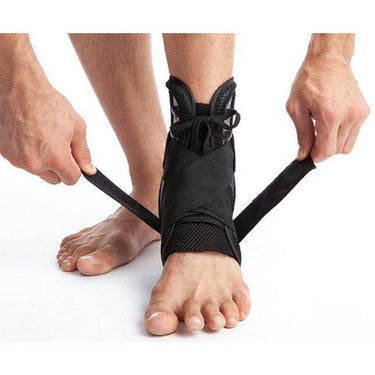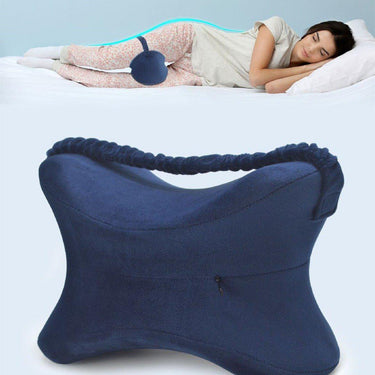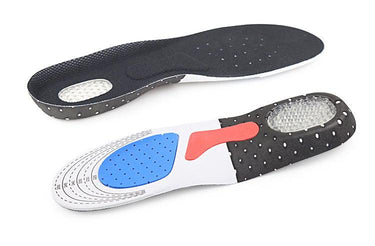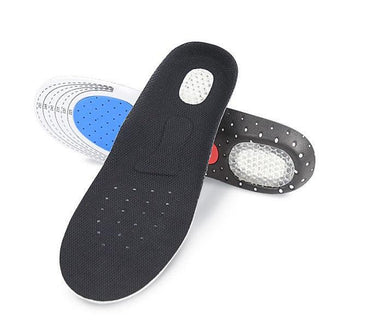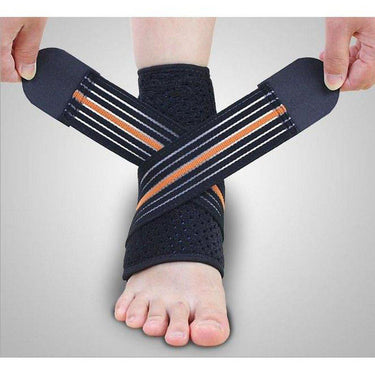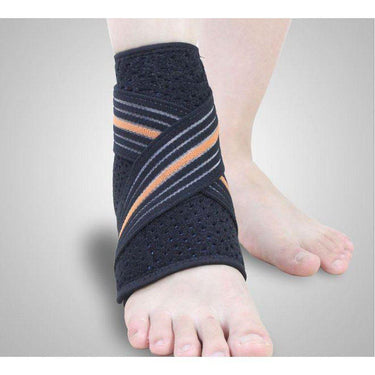[Last Edited: 08/10/20]
Reasons why the Knee Gives Way
This article is a summary of why the knee joint may not always be able to cope with the pressures put on it and what can cause the muscles to 'let go', give way or give out. This is different from your knee 'locking' which you can read about here.
Giving way after injury
If you've had a knee injury or live with knee pain it's common to feel that you can no longer trust the knee to take your weight or do more intense activities. With some knee conditions particularly with ligament injuries, the knee can collapse underneath you or 'give way’ resulting in you falling.
The ligaments give the knee joint its stability. They prevent twisting forwards and extra movement of the joint surfaces. If a fall or sports injury has caused the ligaments to be overstretched they can tear. If there is connecting the ligament the knee can feel more wobbly and less stable.
Long-term knee pain
Knee joints can feel like giving way when there is pain. If you already have a knee condition, sometimes the pain can be sudden like a shock. This acute pain in the knee can cause the quadriceps muscle to “switch off” this means the active part of what is keeping our legs straight stops and the joint collapses. It can be due to a deterioration of general strength in the leg or lack of use and conditioning.
With ligament damage, it is harder to save yourself as the ligaments aren't doing their job. A fall to the floor would not be uncommon for a person with a ligament injury.
Knee supports can be an excellent way to manage instability in the knee joint, limiting twisting and translating forces to externally reinforce the solidity of the joint. With the external support, the joint is coping with less stress and impact. Give the ligaments more rest and more chance to heal.




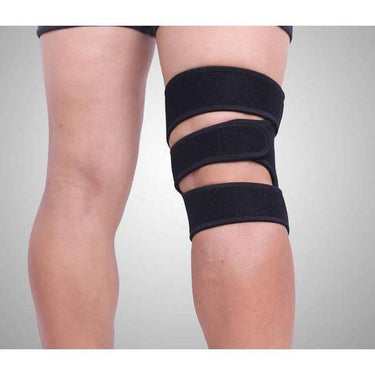
![Extra Large Knee Support, Adjustable Fit - More comfort for larger knees-Orthotics, Braces & Sleeves-[Single] Knee Support - Extra Large-Essential Wellness-5060536630770](http://essentialwellness.co.uk/cdn/shop/products/orthotics-braces-sleeves-extra-large-knee-support-adjustable-fit-more-comfort-for-larger-knees-1_375x.jpeg?v=1640355859)
![Extra Large Knee Support, Adjustable Fit - More comfort for larger knees-Orthotics, Braces & Sleeves-[Single] Knee Support - Extra Large-Essential Wellness-5060536630770](http://essentialwellness.co.uk/cdn/shop/products/KneeSupportSizeGuide_375x.png?v=1626784613)
